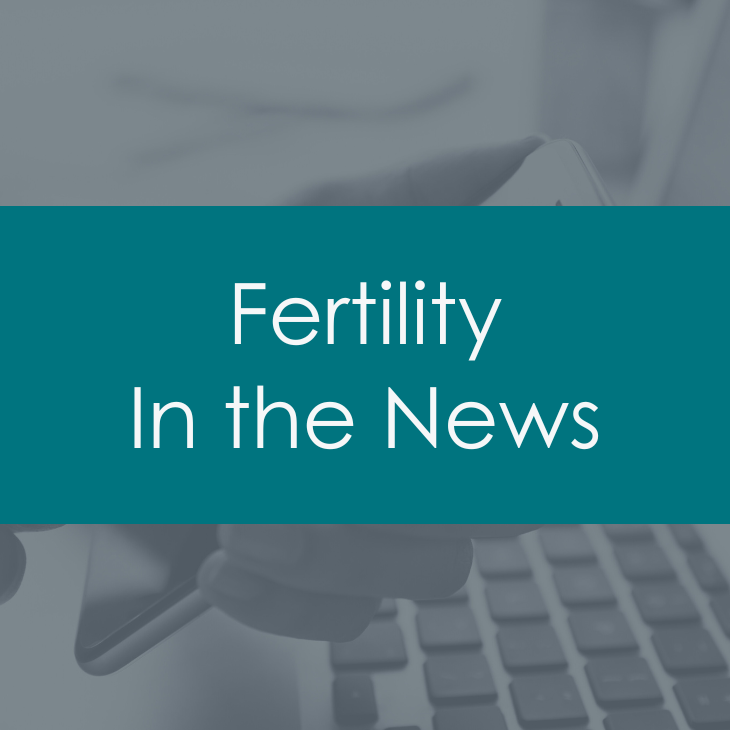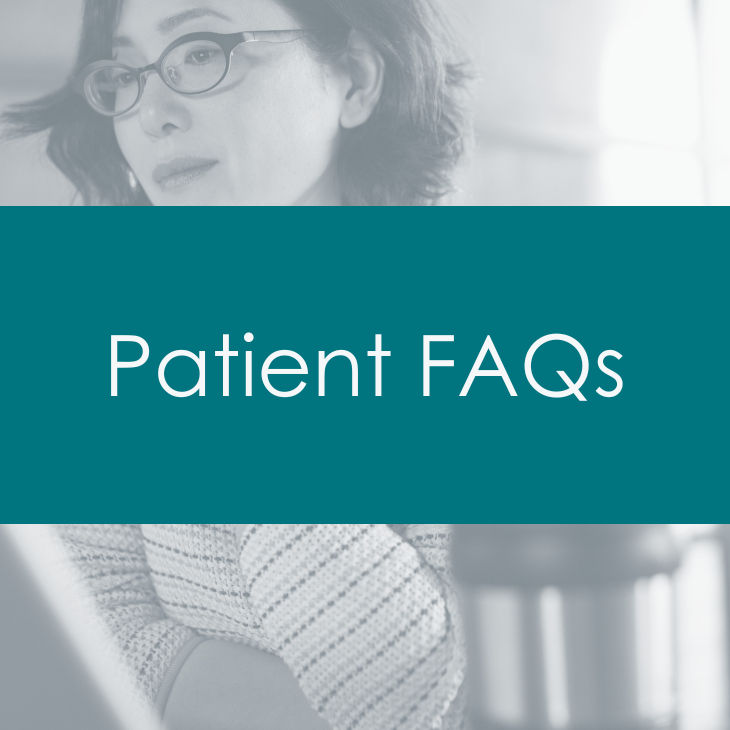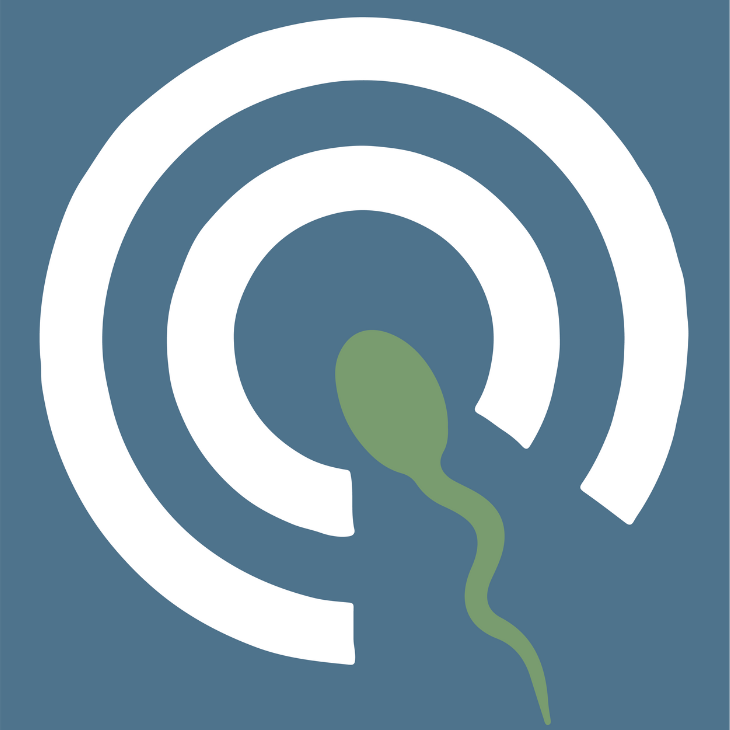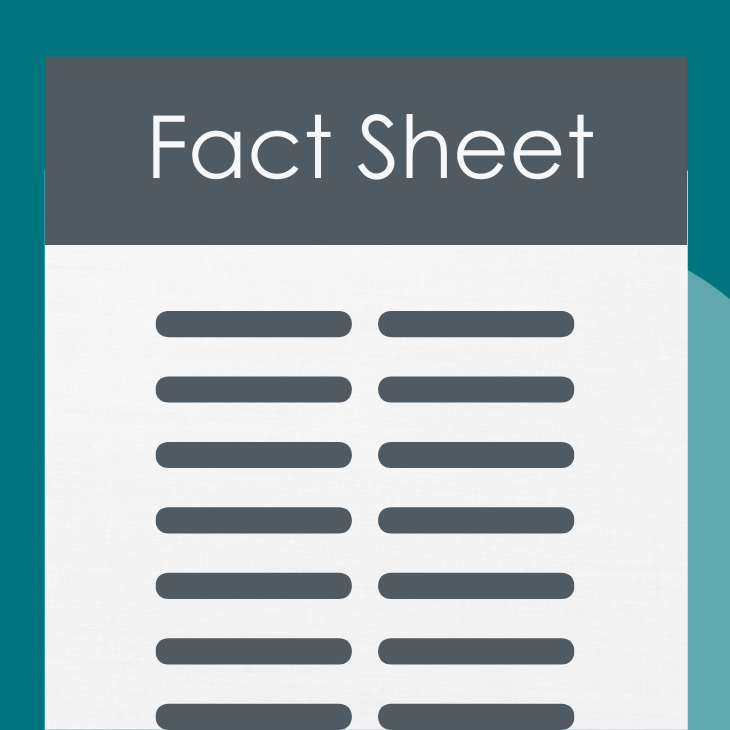
Revised 2023
What is ovarian hyperstimulation syndrome?
Ovarian hyperstimulation syndrome (OHSS) is an excessive response to taking the medicines (especially injectable gonadotropins) used to make eggs grow, particularly in individuals undergoing in vitro fertilization (IVF). Rarely, OHSS can result from taking other medications, such as clomiphene citrate or gonadotropin-releasing hormone.
Individuals with OHSS have a large number of growing follicles along with high estradiol levels. This leads to fluid leaking into the abdomen (belly), which can cause bloating, nausea, and swelling of the abdomen. When OHSS is severe, blood clots, shortness of breath, abdominal pain, dehydration, and vomiting are possible.
How severe can OHSS get?
OHSS can be classified as mild, moderate, or severe. One out of three people with ovaries have symptoms of mild OHSS during controlled ovarian stimulation for IVF. These symptoms may include mild abdominal bloating, nausea, and weight gain due to fluid. Individuals with moderate OHSS typically have more of these same symptoms. Individuals with severe OHSS usually have vomiting and cannot keep down liquids. They experience significant discomfort from swelling of the abdomen. They can develop shortness of breath, and blood clots can form in the legs.
How is OHSS treated?
OHSS can be serious, so careful monitoring and managing the symptoms are important whenever it occurs. Office visits for ultrasound exams to measure the ovaries and fluid in the abdomen and blood tests are routinely done. Decreased activity and drinking lots of electrolyte-rich fluids are recommended. Medicines for nausea are available. If fluid is in the abdomen, drainage of fluid (paracentesis) can provide significant relief in most cases.
If OHSS does not improve with outpatient care, the woman may be treated in the hospital with close monitoring. The doctor may order intravenous (IV) fluids and medicines for nausea and may remove fluid from the abdomen. Other supportive therapy may be given as needed.
What other complications occur with severe OHSS?
Complications from OHSS can be severe. You may become dehydrated and pressure in your abdomen may increase from too much fluid. These problems can lead to blood clots forming within the blood vessels. Blood clots can travel to your lungs or to other important organs. This can be potentially life-threatening.
These complications can usually be avoided by recognizing the signs, symptoms, and laboratory evidence that OHSS is getting worse and getting appropriate treatment.
How long does it take for OHSS to get better?
OHSS symptoms usually start a few days after ovulation. Symptoms usually resolve within two weeks unless pregnancy occurs. Pregnant individuals often continue to have symptoms for 2-3 weeks or more after a positive pregnancy test. The symptoms gradually go away, and the rest of the pregnancy is not affected.
Is there anything that can reduce the risk of having OHSS?
There are several strategies used to lower the risk of OHSS. Reducing the dose of ovarian stimulation medications may reduce the risk of OHSS.
If a woman develops OHSS, avoiding immediate pregnancy by freezing her eggs/embryos for transfer at a later time can help the OHSS resolve more quickly and keep it from progressing. Additionally, a high AMH and polycystic ovary syndrome are risk factors; however, individuals with low ovarian reserve are not at risk.
Important Points
- OHSS is relatively common after ovulation induction or ovarian stimulation for IVF.
- Individuals with symptoms of OHSS should see a doctor familiar with assisted reproduction as soon as they have symptoms.
- A standard pelvic exam is NOT generally recommended because the ovaries are enlarged, and the present cysts may burst under pressure.
- Individuals should notify their doctor when they have:
- Difficulty breathing
- Continued vomiting or nausea
- Difficulty tolerating fluids
- Abdominal swelling
- Decreased urination
- Weight gain of over 3 pounds in 2 days
- Sudden onset of abdominal pain
- Other symptoms such as facial numbness, weakness, lower extremity swelling, or redness
- OHSS often can be managed with decreased activity, drinking electrolyte-rich fluids, draining fluid that accumulates in the abdomen, medication for nausea and pain, careful monitoring, and frequent doctor visits.
- Severe OHSS (continued vomiting, severe swelling of the abdomen, shortness of breath, inability to drink fluids, or abnormal laboratory results) may require hospitalization for intensive monitoring and treatment. The risk of OHSS can be reduced by the use of lower doses of gonadotropins, leuprolide (vs. hCG) to trigger ovulation and cabergoline.
Fact Sheets/Booklets
View more fact sheets and booklets written by the ASRM Patient Education Committee.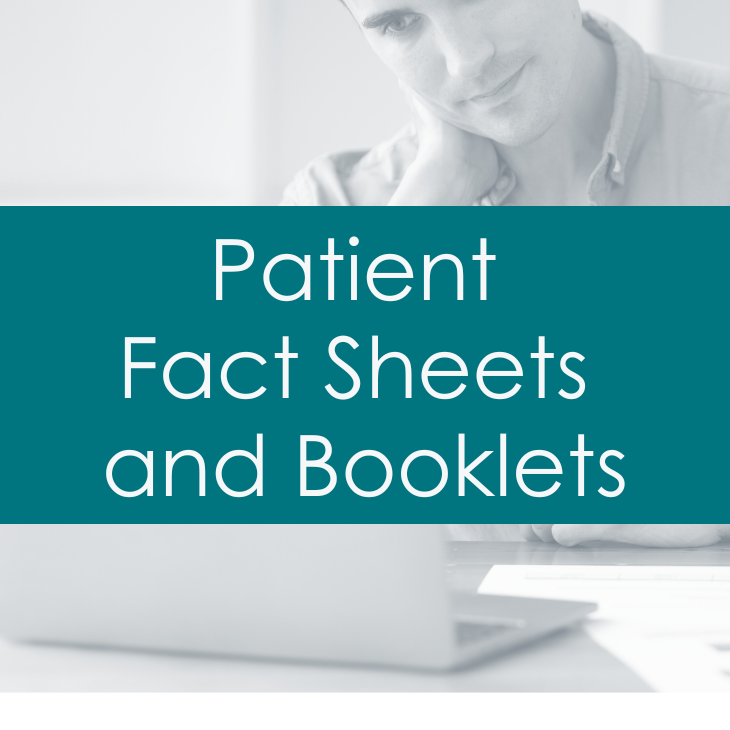
Menopausal Transition (Perimenopause): What Is It?
The menopausal transition (perimenopause) is the period that links a woman’s reproductive (childbearing) years and menopause.
Osteoporosis
Osteoporosis and osteopenia are conditions of having low bone mass (density).
Hyperprolactinemia (High Prolactin Levels)
Prolactin is a hormone produced by your pituitary gland which sits at the bottom of the brain.Ovarian Stimulation
Find a Health Professional


